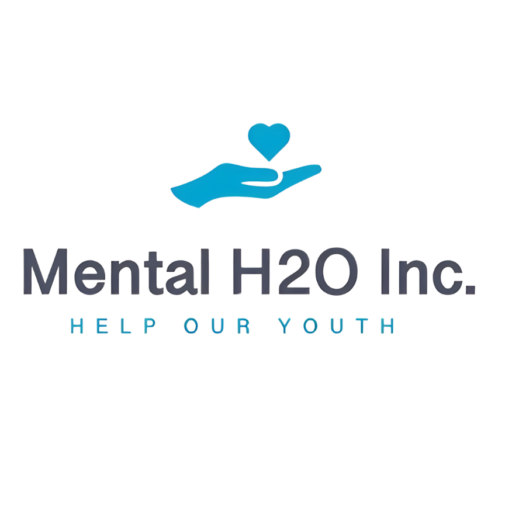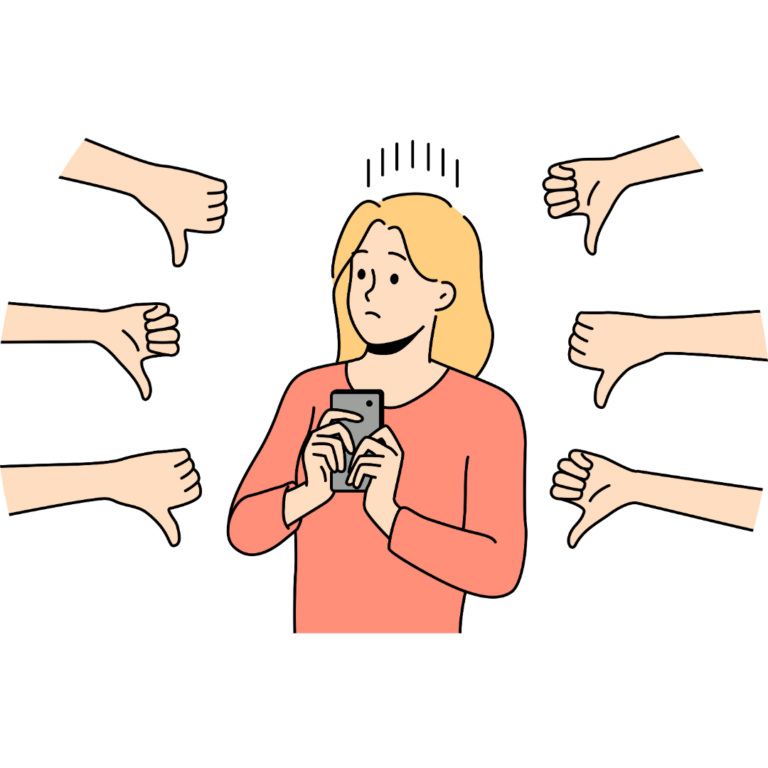The 2010’s and 2020’s so far have been a significant time, particularly for adolescents/young adults as the usage and development of social media platforms has spread. The most popular platforms amongst this age group are TikTok, Instagram, and Snapchat. These platforms are so popular because of how they are designed: short clips that summarize the main points of a message or highlight the most eye-catching moments of a scene are easily accessible and desirable to adolescent users as they get looped into a cycle of scrolling and liking, all while platforms feed into what they want to see the most. The topic of social media has recently been one of significant debate amongst adults as they wonder if social media is actually beneficial to adolescents or if it is just creating problems.
Benefits
Starting off with the benefits, social media platforms often have the ability to create communities amongst users based on interests, hobbies, and even more personal things like religion, gender identity, and race. This is especially helpful and beneficial to teenagers who live in areas where they physically don’t have communities as such because they can instead access those communities virtually. In addition, social media has the ability to increase connection amongst friends and peers as users can snap a picture of a moment from their day and share it to 100 people all with the effort of a mere few clicks. This has the ability to strengthen friendships and connection amongst adolescents, especially during times like over the summer or other holiday breaks when they are not seeing each other on a daily basis at school, for example. As a 2022 survey of American teenagers by the Pew Research Center showed, a majority of respondents felt that social media helps teenagers feel more accepted (58%), like they have people who can support them through tough times (67%), that they have a place to show their creative side (71%), and that they are more connected to what’s going on in their friends’ lives (80%) (Vogels and Gelles-Watnick).
Drawbacks
However, there are multiple negative effects of social media on youth mental health as well. For starters, social media platforms popular amongst teenagers have a very specific way they design their content that purposely enables them to be incredibly addictive. On TikTok, for example, users are bombarded by content the moment they open the app, and it is most always something they are heavily interested in, as the app has an
incredibly intricate algorithm that tracks likes, saves, reposts, hashtags, and much more. This platform proves to be addictive because users can find content preferable to them easily by merely continuously scrolling, trapping them in a loop that they can get stuck in for hours on end, often losing track of time in the process. This creates the space for health problems as sleep times are reduced and altered, eyes are strained from the bright screens, and much more. In addition, social media has the ability to be incredibly misleading regarding physical appearances, which can take a heavy toll on youth mental health as well because it causes teenaged users to have misconceptions and subsequently unattainable desires for their own lives. Influencers can easily alter pictures using tools like Photoshop, completely altering messages about their lives, what they look like, and what they are doing. However, young users often don’t understand or know that is happening, leading them to have false conceptions about what they are seeing and negative thoughts about their own lives and selves, creating a desire to change themselves. This is harmful because these teenagers may go to great lengths to make those changes happen, possibly even harming their health in the process (ex. going on extreme diets, excessive exercise, unhealthy medications, etc.).
In conclusion, social media is a topic of great debate because of its complicated effects and consequences. There are sensible reasons for why teenagers love it so much: they feel accepted and they have fun with people in various communities, however there are downsides to it also as users are often shown unreasonable and false content that creates misconceptions and negative thoughts. A reasonable solution to this would be to regulate time on these platforms by setting time limits or limiting usage to only certain times of the day and taking breaks whenever it begins taking a toll on mental well-being. Social media should only be a place of positivity, not one of competition or negativity.
Written By: Nithya Rupavatharam, Mental H2O Youth Resource Writer
Sources used:
Katella, Kathy. “How Social Media Affects Your Teen’s Mental Health: A Parent’s Guide.”
Yale Medicine, 8 Jan. 2024,
www.yalemedicine.org/news/social-media-teen-mental-health-a-parents-guide. Vogels, Emily, and Risa Gelles-Watnick. “Teens and Social Media: Key Findings from Pew
Research Center Surveys.” Pew Research Center, 24 Apr. 2023, www.pewresearch.org/short-reads/2023/04/24/teens-and-social-media-key-findi ngs-from-pew-research-center-surveys/.


